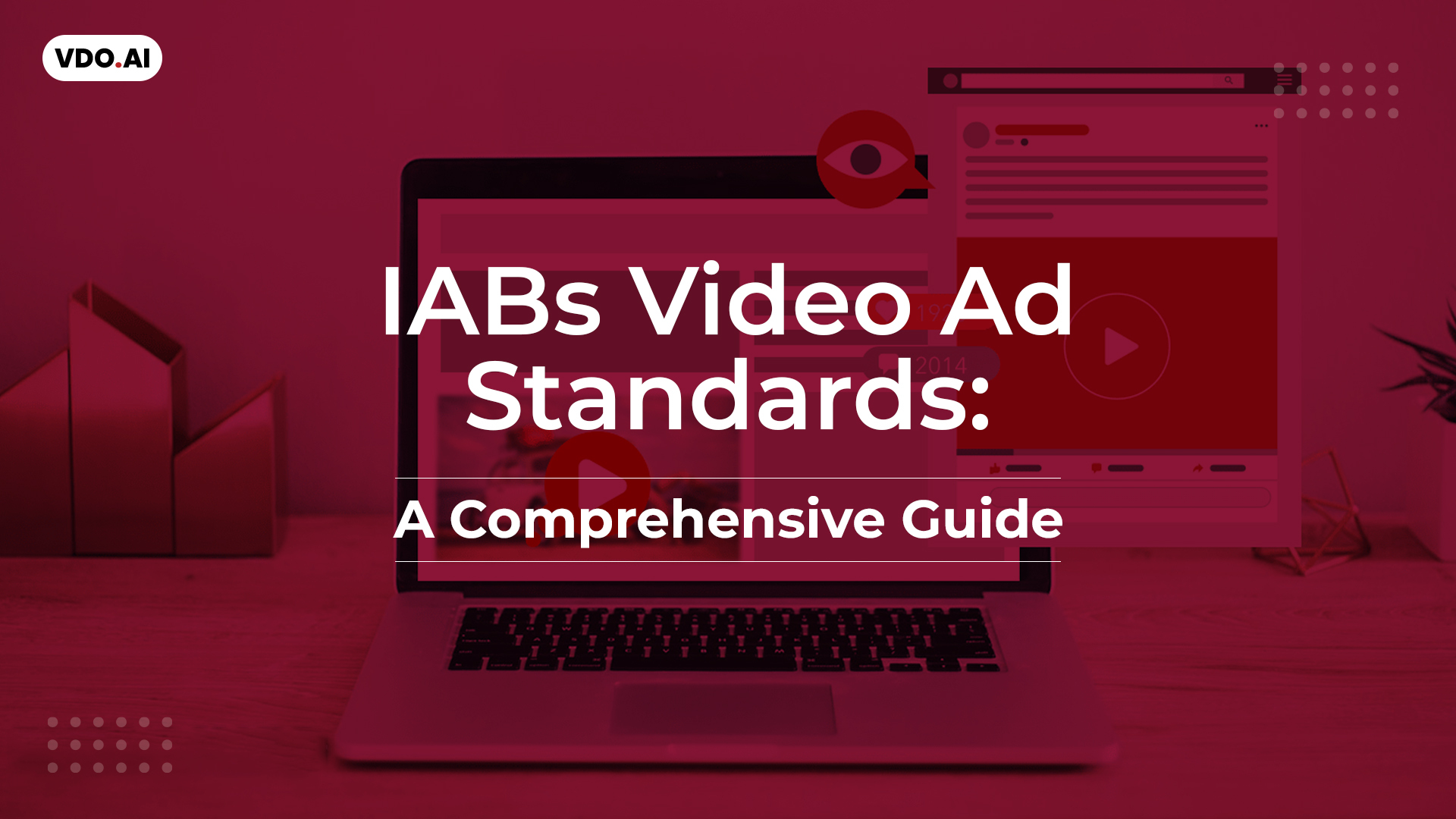Re-evaluate Your Video Advertising Strategies Today
Reading Time: 2 minutesVideo advertising varies from one publisher to another. The big premium publishers have completely different requirements when compared to the majority of smaller publishers out there. Premium publishers rely solely on direct sales while smaller publishers depend on automated demand sources for most of their video advertising revenue. They don’t have a special rate card or sponsorships to produce huge income. So is it necessary to re-evaluate your video advertising strategies from time to time?
Strategies for witnessing growth involve very specific modifications to their business process, metrics as well as partnerships. Yet very few publishers are actually trying to implement changes that can enhance growth.
Here are a few pointers that will make you re-evaluate your Video Advertising Strategies:
Blend Of Demand Partners
While smaller publishers do not necessarily have an immediate line of communication to brand advertisers, it doesn’t have to result in not getting access to what they demand. Compared to the extensive programmatic platforms, getting access to high-quality partners is often more manageable through established rep firms and ad networks.
Regional brands that prefer to stay away from programmatic channels, usually end up paying high CPMs for premium content, even if it is through a network. Smaller publishers disregard these alternatives because it might be tricky to fit them into a programmatic strategy. However, the extra relationship is worth the calculated revenue.
Although it is recommended to seek a variety of demand partners because it helps with revenue, one must remember to not go overboard. Exceeding four or five demand partners will result in high manual labor for managing them. This is difficult for most of the smaller publishers and tends to cause stagnation. As a result, the revenue comes to a lull.
Concentrating On The Right Metrics
In cases where the video inventory is sold out with confirmed placements, the metric that has to be looked at is CPM. But for some publishers, CPM can be somewhat misleading. This is because many less experienced publishers do not consider the changeable delivery that occurs through video demand sources and affect top-line CPM.
For instance, a publisher might be getting $10 CPM from one platform and $14 CPM from another. On one hand, the $14 CPM partner fills only half the inventory. While on the other hand, the $10 platform has a nearly 100% fill rate. Hence, the valid CPM (eCPM) of the $14 partner is really only $7.
And even though this issue has occurred through ad networks for quite some time, many publishers still have not adjusted their measurement to eCPM. Publishers also neglect to consider latency accurately. The partners who deliver ads slowly increase latency, while the ads that don’t run evenly increase consumer drop-off.
Be Aware Of Alternatives
Since smaller publishers lack resources, they should make the most of the technologies as well as partners they do have access to. While the display is essentially automated, videos still have room for manual changes and that can make a significant difference.
For example, publishers should conduct tests to discover adequate levels of latency in their ad server. They should engage with viewability settings and find the best balance between price demand and consumer engagement. Publishers should also stay updated with different video formats. They should regularly interact with partners to find out if there is a demand they might be missing out on.
Video advertising is still new. Therefore, it entails an inquisitive as well as a dynamic approach in order to maximize returns.



